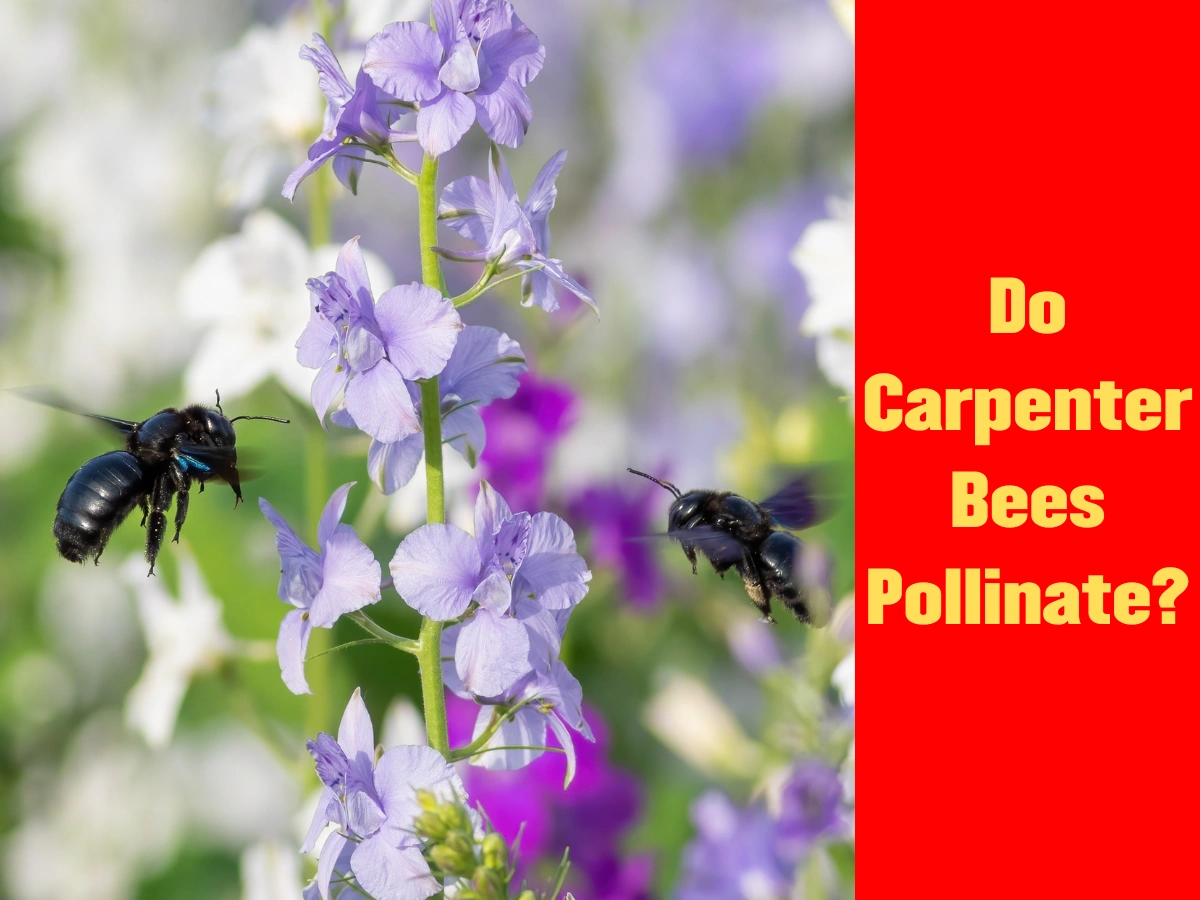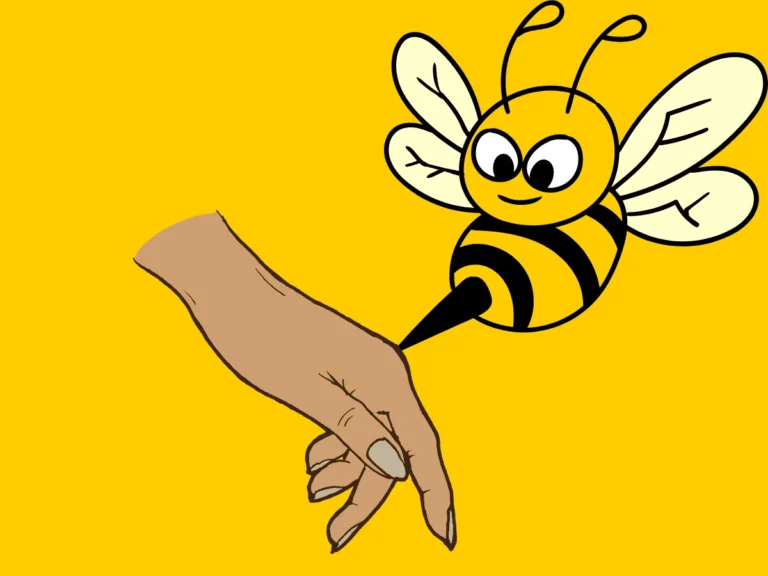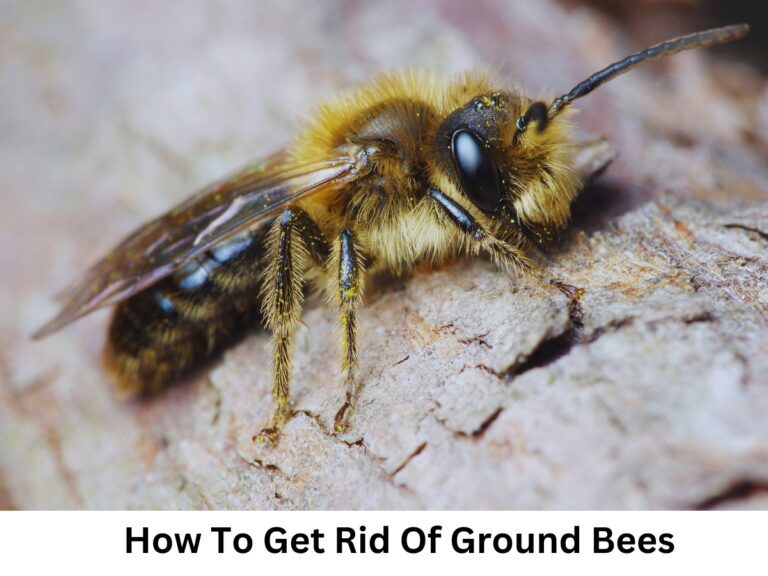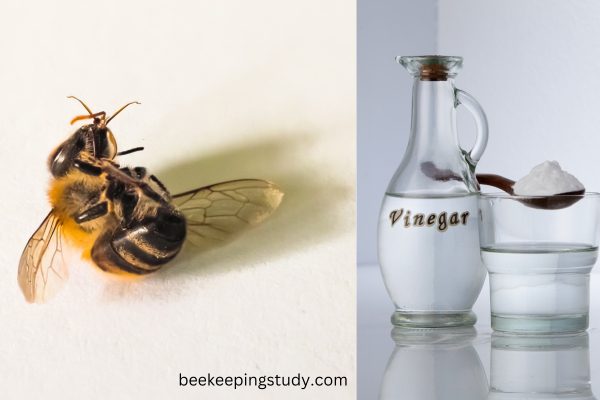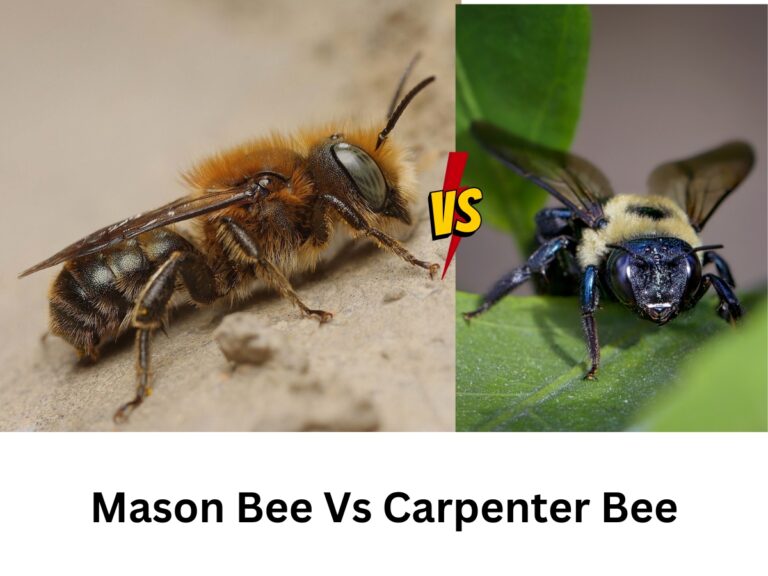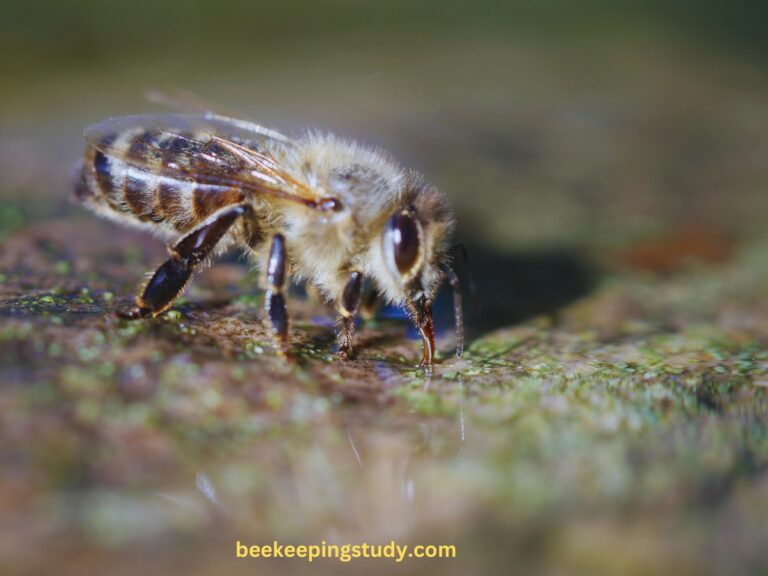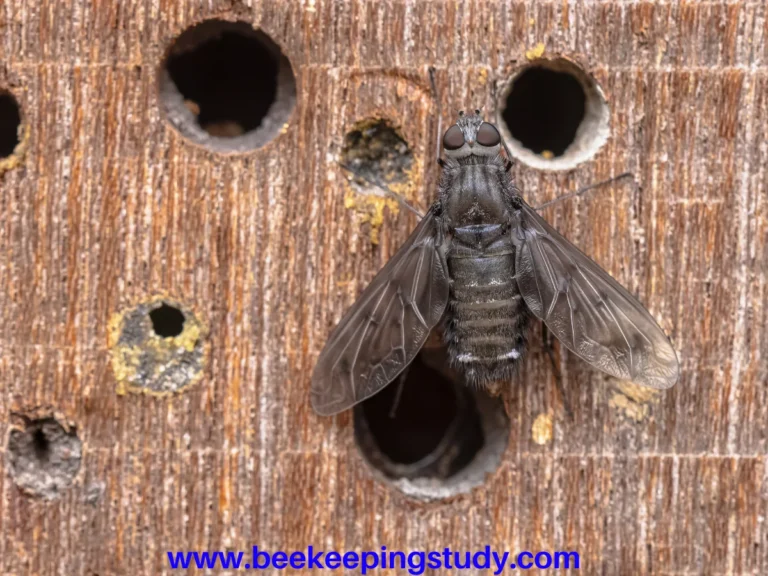This post might be created with help from AI tools and carefully reviewed by a human (Anthor Kumar Das). For more on how we use AI on this site, check out our Editorial Policy.
Do Carpenter Bees Pollinate? Surprising Truth
Carpenter bees, often known for their wood-boring habits, also play an important role in pollination. These bees, belonging to the genus Xylocopa, are frequently seen buzzing around flowers in gardens and forests.
In this blog post, I will answer the question, “Do carpenter bees pollinate?”. Also, I will discuss their pollination behavior and significance with you.
Understanding Carpenter Bees
Carpenter bees are large, robust bees with shiny, black abdomens. They are often mistaken for bumblebees but have distinct nesting habits.
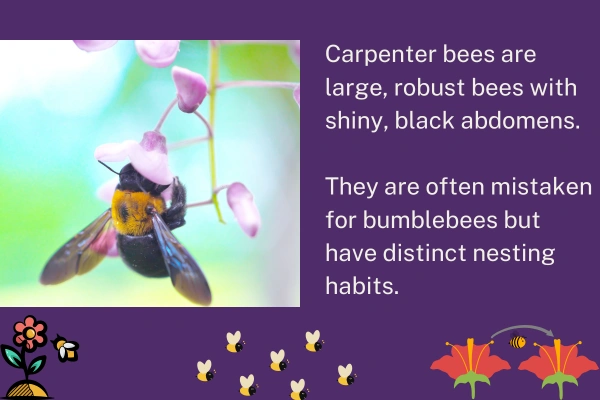
Unlike social bumblebees, carpenter bees are solitary and do not live in colonies. Female carpenter bee bore into wood to create nests, laying eggs and storing food for her larvae.
Behavior and Habitats
The following are the common behaviors and habitats of carpenter bees.
- Carpenter bees are commonly found in gardens, wooded areas, and even urban settings where suitable nesting sites are available.
- They prefer untreated, unpainted wood, making wooden structures like eaves, decks, and fences prime targets for their nests.
- Despite their reputation as pests, carpenter bees contribute positively to the environment through their pollination activities.
Do Carpenter Bees Pollinate?
The answer is yes, carpenter bees do pollinate. While they are not as efficient as honeybees or bumblebees, they still play a valuable role in pollinating various plants and flowers.
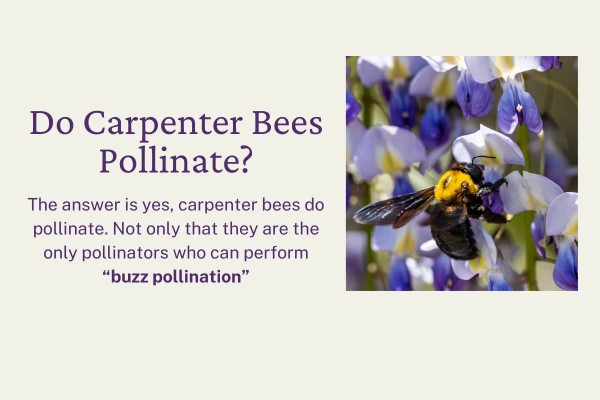
In fact, some flowering and fruit-bearing plants, such as passionfruit, tomatoes, eggplants, and blueberries, rely on carpenter bees for pollination. Without their help, these plants may fail to produce flowers or fruits.
Carpenter Bees Pollination Process
Carpenter bees visit flowers to collect nectar and pollen, which they use to feed themselves, their larvae, and to store for their offspring. As they move from flower to flower, they transfer pollen, facilitating the reproductive process of plants.
This makes them effective pollinators, especially for certain types of flowers that may not be as easily accessed by other bees.
Buzz Pollination
One unique aspect of carpenter bee pollination is their ability to perform buzz pollination, or sonication. This technique involves the bee grabbing onto a flower and vibrating its flight muscles rapidly. The vibrations shake loose pollen that is firmly attached to the flower’s anthers.
This method is particularly useful for pollinating plants like tomatoes, eggplants, and blueberries, which release pollen more effectively through this process. These plants solely depend on carpenter bee pollination.
The Importance of Carpenter Bees in Ecosystems
Carpenter bees contribute to the health and diversity of ecosystems through their pollination activities. They help fertilize flowers, leading to the production of seeds and fruits, which in turn support other wildlife.
Supporting Plant Diversity
By pollinating a wide variety of plants, carpenter bees support plant diversity. This diversity is crucial for maintaining healthy ecosystems, as it ensures the survival of various plant species and the animals that depend on them for food and habitat.
Complementing Other Pollinators
Carpenter bees often pollinate plants that other bees might not visit as frequently. This complements the work of other pollinators, such as honeybees and bumblebees, ensuring that a broader range of plants is pollinated.
This complementary role is vital for the resilience of ecosystems, especially in areas where honeybee populations are declining. Unlike honey bees and other bees, only carpenter bees can perform buzz pollination. Specially, plants that depend on buzz pollination might decline if there are no carpenter bees.
Managing Carpenter Bees Around Your Home
While carpenter bees are beneficial pollinators, their nesting habits can cause damage to wooden structures. Here are some tips for managing carpenter bees around your home without harming them.
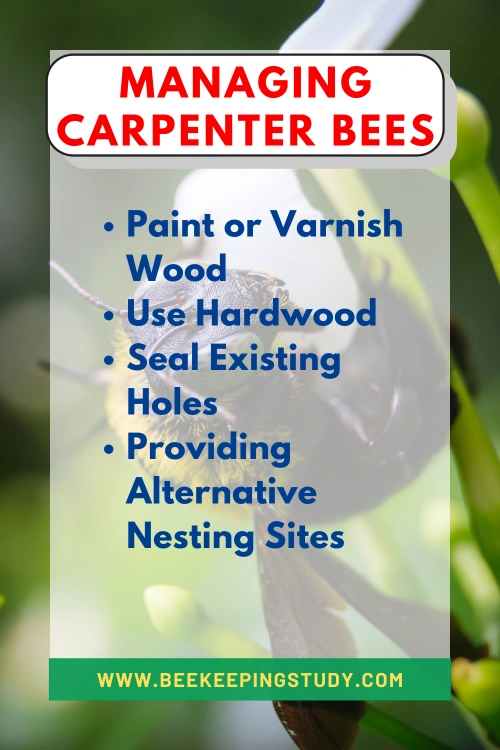
Preventive Measures
Prevention is better than a cure. You can prevent carpenter bees from creating a nest indoors by ensuring a few simple things.
- Paint or Varnish Wood: Carpenter bees prefer untreated wood. Painting or varnishing wooden surfaces can deter them from nesting.
- Use Hardwood: Whenever possible, use hardwoods for outdoor constructions. Carpenter bees prefer softer woods like pine and cedar.
- Seal Existing Holes: If you notice any existing holes, seal them with wood putty or caulk to prevent bees from reusing old nests.
Providing Alternative Nesting Sites
One way to coexist with carpenter bees is to provide them with alternative nesting sites. You can do this by installing bee houses or logs of untreated wood in areas away from your home. This encourages the bees to nest in locations where they won’t cause damage to your property.
Whatever methods you are using, never kill carpenter bees. You can check our article on different ways to get rid of carpenter bees without killing.
Conclusion
So, do carpenter bees pollinate? Yes, they do. Carpenter bees play a significant role in pollinating various plants, contributing to the health and diversity of ecosystems.
While they can be a nuisance when they nest in wooden structures, their benefits as pollinators are undeniable. By taking preventive measures and providing alternative nesting sites, you can manage carpenter bees around your home while still appreciating their important role in nature.
Understanding and valuing the contributions of carpenter bees can help us coexist with these fascinating insects. This ensures they continue to thrive and support the ecosystems we all depend on.
The following are the articles you might want to read.

